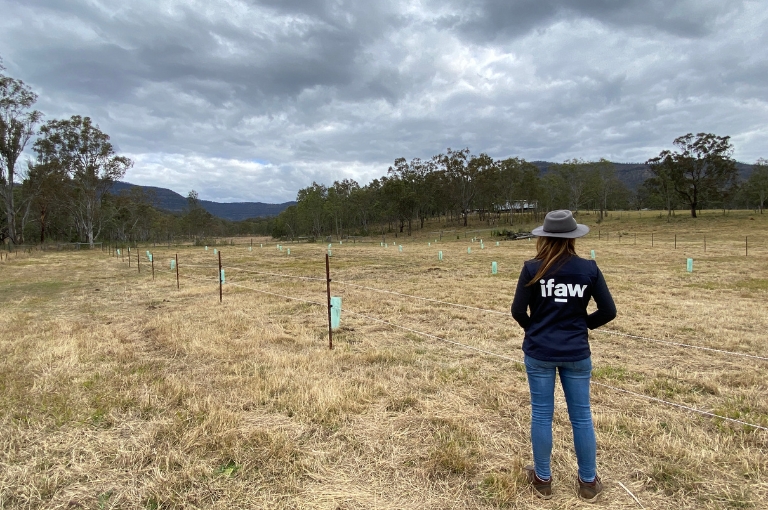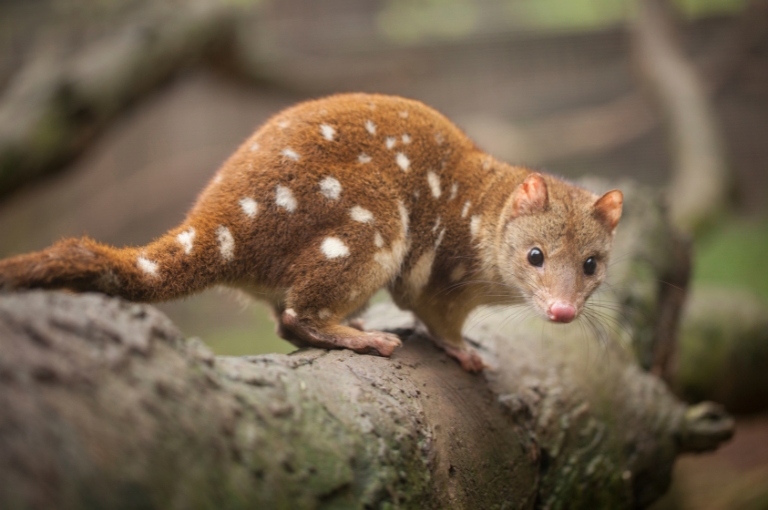
Koalas and greater gliders are two of more than a dozen species benefiting from the reconnection of tens of thousands of hectares of habitat impacted by the Black Summer bushfires.
The International Fund for Animal Welfare (IFAW) and the Great Eastern Ranges combined forces over a 15-month period to assess the impact of the 2019-20 Black Summer bushfires and undertake recovery projects to help communities, wildlife and landscapes heal. This effort involved 28 local groups, 450 individuals and 3,500 hours worth of volunteer help.
“The scale of impact from the Black Summer bushfires was unprecedented. We have seen firsthand the trauma of local communities and the destruction of native species and the places we all call home,” IFAW Regional Director Rebecca Keeble said.
“Australia is at a crossroads—we are seeing the impacts of climate change at an alarming rate. We need to look beyond recovery to building resilience for our communities, wildlife, and landscapes which have been on the front line of these climate disasters.”
Recovery projects included tree planting, weed management, nest box installation, citizen science surveys, community education and capacity building.
At least 15 endangered species benefitted from these projects including the koala, greater glider, red goshawk, spotted-tail quoll and the black-breasted button-quail which is critically endangered in New South Wales (NSW).

The regional connectivity between core patches of habitat was also improved across 228,137 hectares of land in NSW and Queensland in the Lockyer Valley, Border Ranges and Blue Mountains. This includes bushfire-impacted land and land that, while not directly impacted, was identified as providing important habitat refugia for wildlife.
Native habitats were also increased through planting and assisted natural regeneration with more than 23,000 plants established.
“The Black Summer bushfires resulted in significant damage for people and nature over vast areas,” said Gary Howling, CEO of Great Eastern Ranges.
“There was an urgent need for evidence-based and complementary bushfire recovery projects to be rolled out to restore and reconnect vital habitat, assist wildlife and build community and landscape resilience to future climate disasters. Our partnership with IFAW enabled us to work with our regional partners to deliver a suite of these community-led activities in three badly impacted landscapes in NSW and QLD.”
IFAW and GER undertook these projects between 2021 and 2022 with local landholders, Indigenous leaders, and community groups. Similar recovery projects are underway following the 2022 flood disaster.



 Media release
Media release